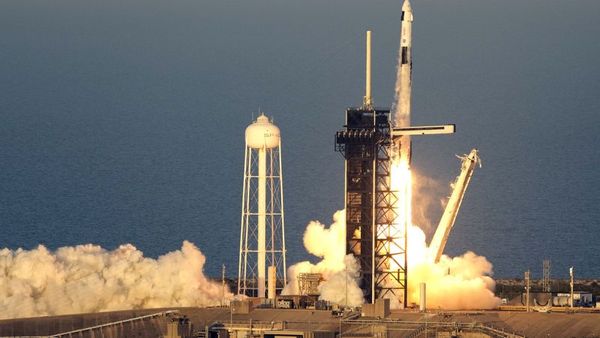STARGAZERS are in for a treat in August, as they prepare for not just one, but two supermoons.
The phenomenon occurs when a full moon is near its closest point to Earth, making it seem bigger and brighter than a usual full moon.
The first supermoon of the month will take place on Tuesday evening, with the moon 222,000 miles from Earth, as opposed to 252,000 miles when it is at its furthest point from the planet.
A second super moon will also occur on Wednesday, August 30, and will be known as a blue moon due to it being the second full moon of the month.
It is the first time two full supermoons will occur in the same month since 2018, and it won’t happen again until 2037.
Advising people how to spot the supermoons, Royal Museums Greenwich says: “So long as there’s not too much cloud, the full Moon will be an unmistakable white orb in the sky. This is a good opportunity to use a small telescope or a pair of binoculars to see the Moon's detailed surface, or even try taking a few interesting moon photos.
“However, you can see the Moon perfectly well with just your eyes. Seeing moonrise just after sunset or moonset just before sunrise will be an impressive sight as it will appear enormous compared to the surrounding landscape.
“This is due to an optical illusion. During moonrise, the Moon looks bigger than it is because our brain doesn’t understand that the sky is a dome. It falsely projects things near the horizon to appear larger than they actually are.”
It is not the only treat for stargazers in August either, as the Perseid Meteor shower is also set to peak next month.
The display is caused by Earth slamming into the debris left behind by comet 109P/Swift-Tuttle in July and August each year.
The meteors seem to originate from the Perseus constellation.
The shower is considered one of the best of the year because it produces bright meteors and is one of the most active.
There is also a high chance of seeing fireballs, which are very bright meteors, as well as meteors with long trains.
Observers can look out for the shower wherever they are, but a clear sky with minimal light pollution offers the best chance of catching a glimpse.
The maximum number of “shooting stars” observers are likely to see at the peak of the shower is 100 per hour.
While normal rates can see anywhere between 50 and 75 shooting stars in the sky every hour.
This year’s meteor shower is expected to peak around August 13, and will continue until August 24.
The best time to view the shower is between midnight and 5.30am.







